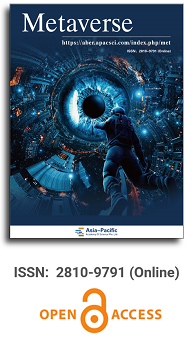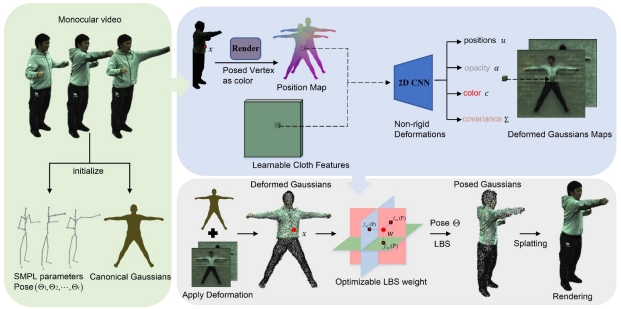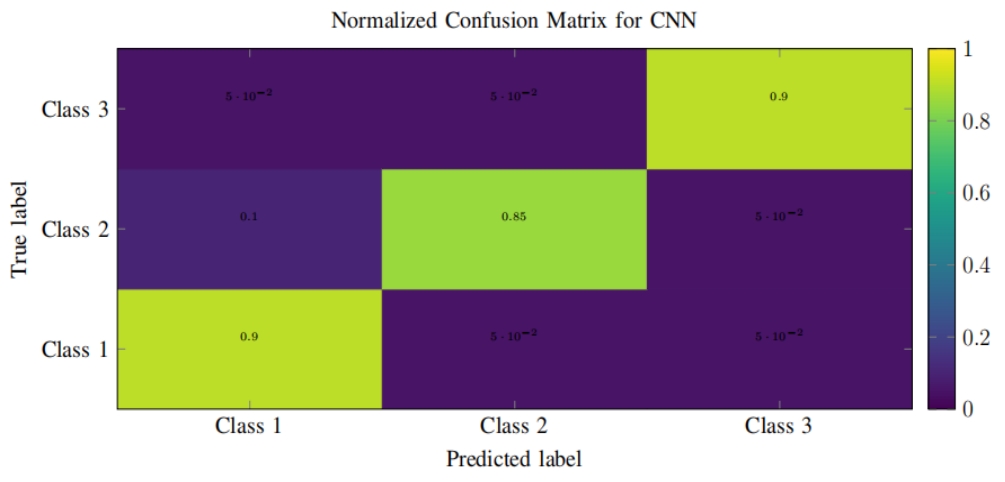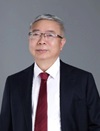
Asia Pacific Academy of Science Pte. Ltd. (APACSCI) specializes in international journal publishing. APACSCI adopts the open access publishing model and provides an important communication bridge for academic groups whose interest fields include engineering, technology, medicine, computer, mathematics, agriculture and forestry, and environment.



Content creation or interpolation: AI generative digital art in the classroom
Vol 4, Issue 1, 2023
Download PDF
Abstract
The integration of generative artificial intelligence (AI) tools in art and design has disrupted the traditional creative landscape, leading to debates on the legitimacy of AI-generated art and the emergence of new markets such as non-fungible tokens (NFTs). The US Copyright Office’s February 21, 2023, ruling withdrawing copyright protection for AI-generated comic artwork, while protecting the accompanying text and arrangement, highlights the contested nature of AI art and suggests that significant human intervention in the creative process will be required for monetization. Whether considered content interpolation or content creation, AI generative content for the creation of art and design is here with human-AI collaboration. To explore the potential of AI tools in creative practice, this study introduced students in a digital art course to Craiyon and Midjourney generative AI tools, with DALL-E 2 selected as the primary tool due to its varied output. The students were tasked with selecting a preferred prompt from one tool and then reproducing the output from both tools. The results revealed significant variations in replicating the outputs of different AI tools and limited exploration of prompt engineering, leading to restrictions in the iterative process of artmaking. The students agreed that generative AI tools are not a substitute for human creativity and should be used for final projects. The study demonstrates the potential and limitations of integrating AI tools in art and design and suggests the need for further research in developing effective prompt engineering strategies.
Keywords
References
- DelSignore P. The new age of creative AI began in 2022 [Internet]. 2022 [cited 2023 Apr 10]. Available from: https://medium.com/predict/the-new-age-of-creative-ai-began-in-2022-ece07bb93350.
- Ansari T. How AI transformed the art world in 2022 [Internet]. Laramie: AIM Americas; 2022 [cited 2023 Apr 10]. Available from: https://analyticsindiamag.com/how-ai-transformed-the-art-world-in-2022/.
- Murphy BP. Is Lensa AI stealing from human art? An expert explains the controversy [Internet]. ScienceAlert: 2022 [cited 2023 Apr 8]. Available from: https://www-sciencealert-com.cdn.ampproject.org/c/s/www.sciencealert.com/is-lensa-ai-stealing-from-human-art-an-expert-explains-the-controversy/amp.
- Hazucha B. Artificial intelligence and cultural production: Possible impacts on creativity and copyright law [Internet]. Rochester: SSRN; 2022. Available from: https://ssrn.com/abstract=4028106.
- Ford M. Artificial intelligence meets its worst enemy: The U.S. copyright office [Internet]. TNR; 2023 [cited 2023 Apr 3]. Available from: https://newrepublic.com/article/170898/ai-midjourney-art-copyright-office.
- Francke E, Bennett A. The potential influence of artificial intelligence on plagiarism: A higher education perspective. In: Griffiths P, Kabir MN (editors). European Conference on the Impact of Artificial Intelligence and Robotics; 2019 Oct 31–Nov 1; Oxford. New York: Curran Associates, Inc.; 2020. p. 131–140.
- Sherry B. 3 Limits to artificial intelligence’s creativity (and how to solve them): Here’s what you need to know about harnessing A.I. technology to be more creative [Internet]. Inc.com; 2022 [cited 2023 Apr 10]. Available from: https://www.inc.com/ben-sherry/3-limits-to-artificial-intelligences-creativity-and-how-to-solve-them.html.
- Ajani G. Human authorship and art created by artificial intelligence—Where do we stand? In: Digital ethics: The issue of images. Baden, Germany: Nomos eLibrary; 2022. p. 253–270. doi: 10.5771/9783748934011-253.
- Rosenberg H. The de-definition of art. Chicago: University of Chicago Press; 1983.
- Mulholland N. Definitions of art and the art world. In: Exploring visual culture. Edinburgh: Edinburgh University Press; 2022. p. 18–33.
- Zhang C, Yang L. Study on artificial intelligence: The state of the art and future prospects. Journal of Industrial Information Integration 2021; 23: 100224. doi: 10.1016/j.jii.2021.100224.
- Wellner G. Digital imagination, fantasy, AI art. Foundations of Science 2022; 27: 1445–1451. doi: 10.1007/s10699-020-09747-0.
- Tomi SD. Entanglements in AI art. In: Knochel AD, Saharo O (editors). Global media arts education. Palgrave studies in educational futures. Cham: Palgrave Macmillan; 2022. p. 181–196. doi: 10.1007/978-3-031-05476-1_11.
- Wallpaper [Internet]. London: Future Publishing Limited Quay House; 2022 [cited 2023 Apr 10]. Available from: https://www.wallpaper.com/art/generative-art.
- The Art Newspaper [Internet]. London: The Art Newspaper, International (English) Edition; 2023 [cited 2023 Mar 17]. Available from: https://www.theartnewspaper.com/2023/02/28/ai-will-become-the-new-normal-how-the-art-worlds-technological-boom-is-changing-the-industry.
- Coeckelbergh M. Can machines create art? Philosophy & Technology 2017; 30: 285–303. doi: 10.1007/s13347-016-0231-5.
- Mazzone M, Elgammal A. Art, creativity, and the potential of artificial intelligence. Arts 2019; 8(1): 26. doi: 10.3390/arts8010026.
- Tao F. A new harmonisation of art and technology: Philosophic interpretations of artificial intelligence art. Critical Arts 2022; 36(1–2): 110–125. doi: 10.1080/02560046.2022.2112725.
- Ahmed D. Senses, experiences, emotions, memories: Artificial intelligence as a design instead of for a design in contemporary Japan. Intelligent Buildings International 2022; 14(2): 133–150. doi: 10.1080/17508975.2020.1764327.
- Csikszentmihályi M. Society, culture, and person: A systems view of creativity. In: The systems model of creativity. Dordrecht: Springer; 2014. p. 47–61. doi: 10.1007/978-94-017-9085-7_4.
- Jennings KE. Developing creativity—Artificial barriers in artificial intelligence. Minds & Machines 2010; 20: 489–501. doi: 10.1007/s11023-010-9206-y.
Supporting Agencies
Copyright (c) 2023 James Hutson

This work is licensed under a Creative Commons Attribution 4.0 International License.

This site is licensed under a Creative Commons Attribution 4.0 International License (CC BY 4.0).

Prof. Zhigeng Pan
Professor, Hangzhou International Innovation Institute (H3I), Beihang University, China

Prof. Jianrong Tan
Academician, Chinese Academy of Engineering, China
Conference Time
December 15-18, 2025
Conference Venue
Hong Kong Convention and Exhibition Center (HKCEC)
...
Metaverse Scientist Forum No.3 was successfully held on April 22, 2025, from 19:00 to 20:30 (Beijing Time)...
We received the Scopus notification on April 19th, confirming that the journal has been successfully indexed by Scopus...
We are pleased to announce that we have updated the requirements for manuscript figures in the submission guidelines. Manuscripts submitted after April 15, 2025 are required to strictly adhere to the change. These updates are aimed at ensuring the highest quality of visual content in our publications and enhancing the overall readability and impact of your research. For more details, please find it in sumissions...






.jpg)
.jpg)

